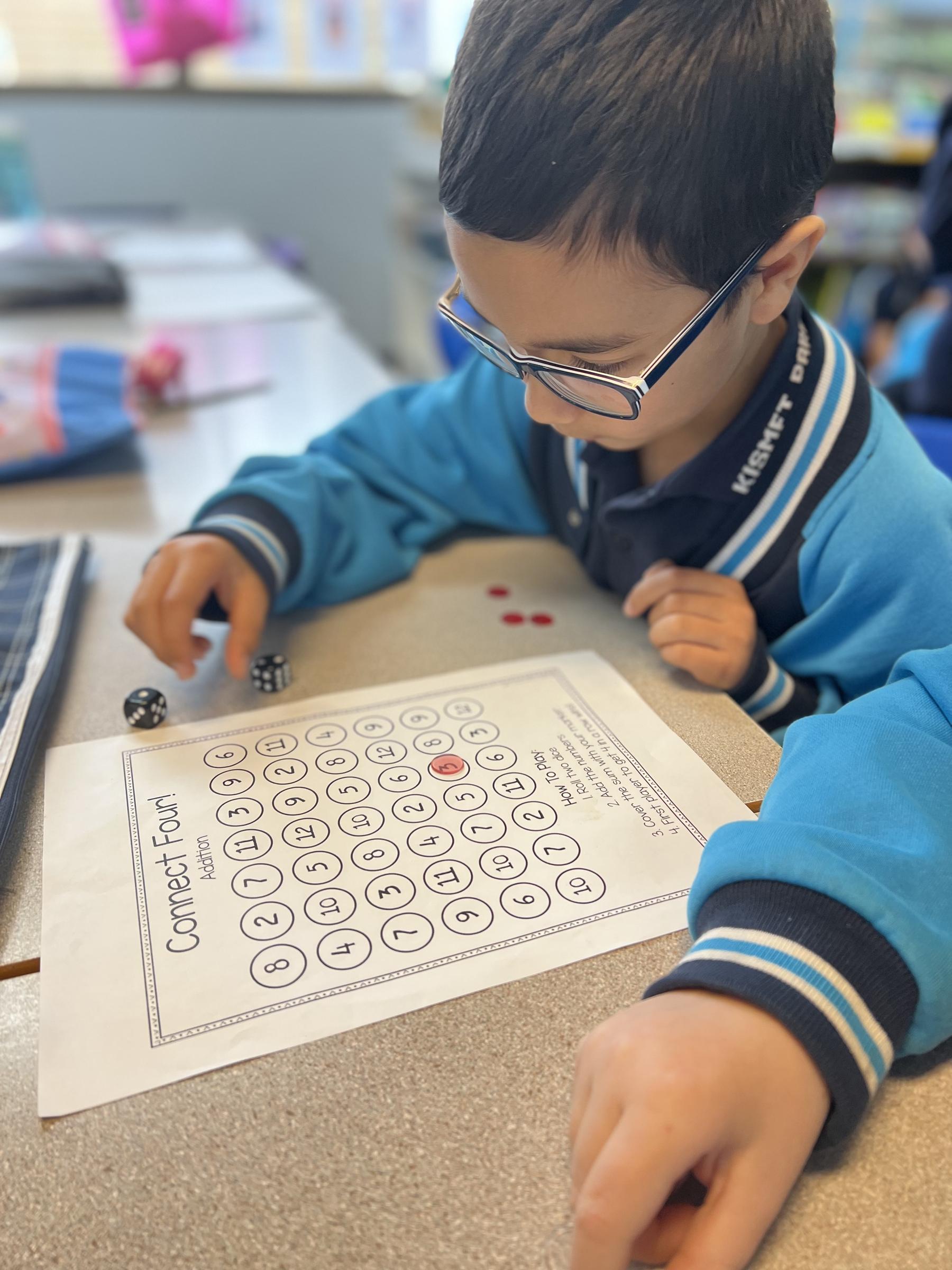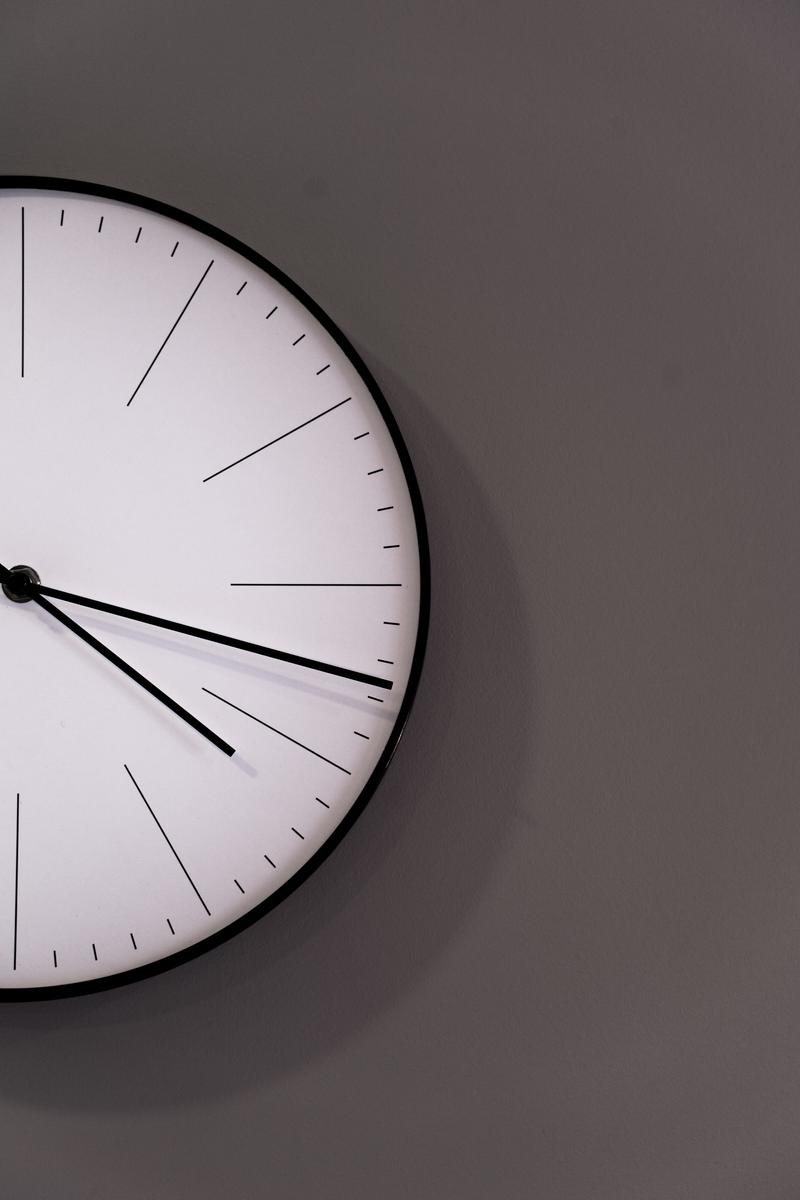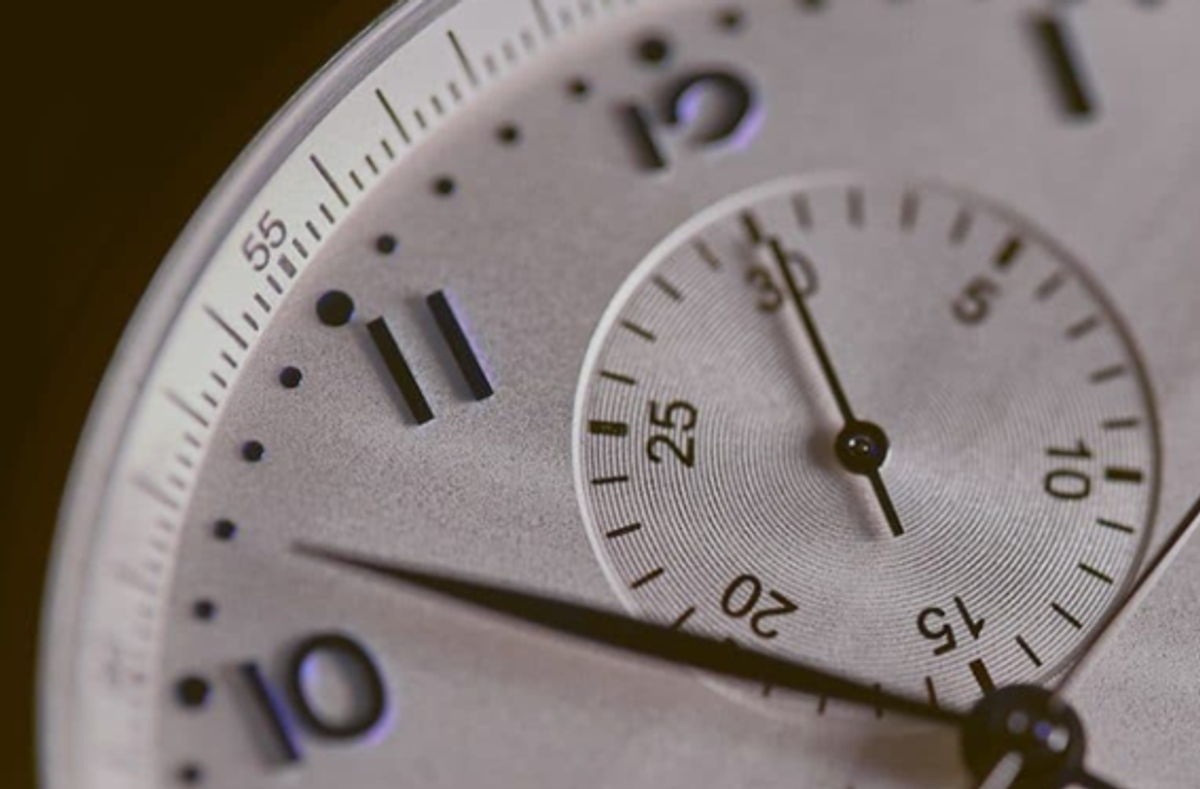Numeracy

Learning how to tell the time is an important skill. It’s not just about an understanding and ability to navigate the world, read clocks and wear a watch. When students tell the time on an analogue clock, they are drawing on their knowledge of multiplication of fives and tens, place value, addition and subtraction, fractions and many other foundational concepts. Teaching time reading on an analogue clock consists of lots of important factors and for many students, this can be too confusing and overwhelming!
So what can you do to help your child read the time? Lots and lots of practice!
The best way to help your child learn to read the time on an analogue clock is by teaching in segments. Start with simply identifying the minute and hour hands. For example say, ‘What hour is the hour hand pointing to?’ or ‘What number is the minute hand at now?’ Once your child has mastered identifying the difference between the two hands they may be ready to read time to the hour and half hour before finally moving on to minutes.
When learning to read and understand time, the sequence of learning is as follows:
If you are working with your child to support them in this, one of the most important things to remember is allow them to feel success before moving on and be patient. Reading time an analogue clock can be tricky.
Have fun telling the time!



